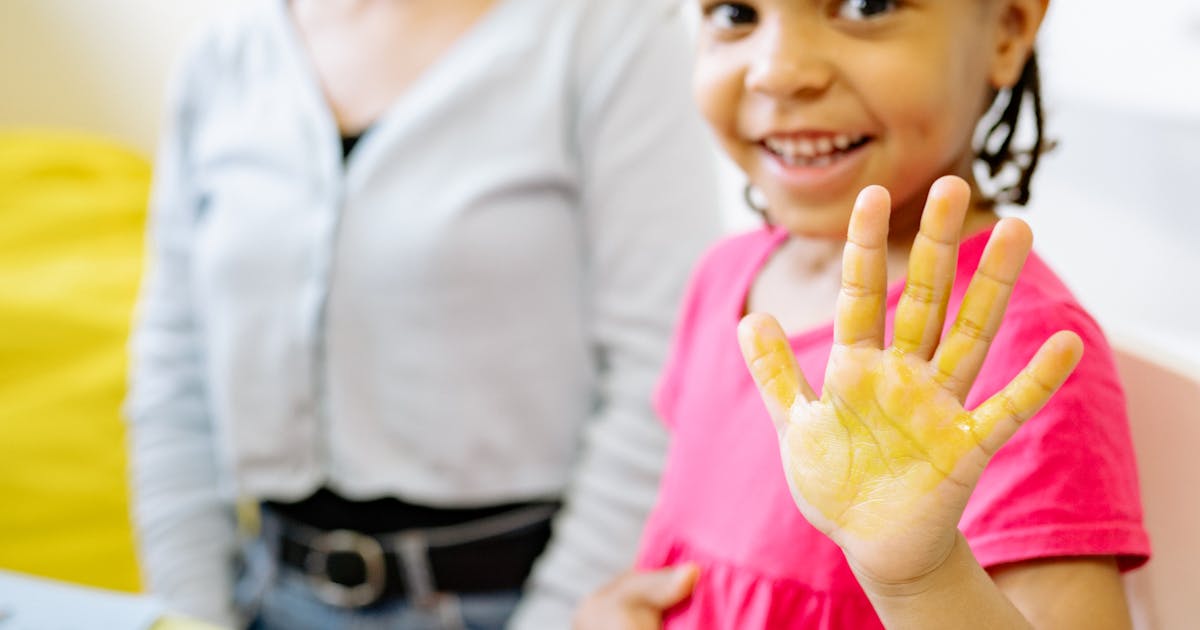Toy Organization Hacks That Actually Work (From a Mom With Too Many Toys)

Let's be honest: kids have too many toys.
Between birthday parties, holidays, grandparents who can't say no, and your own weak moments at Target, the toys multiply faster than you can contain them.
I've tried every organization system. Here's what actually works in real life.
The Great Toy Purge (Start Here)
Before organizing, you need to reduce.
The rule: If they haven't played with it in 3 months, it goes.
Exceptions:
- Special gifts they're not ready for yet
- Seasonal toys (beach stuff in winter)
- Things with sentimental value to YOU
- Donate to daycare, preschool, or charity
- Sell (Facebook Marketplace is your friend)
- Trash (broken toys with missing pieces)
- Storage for younger siblings
- Fewer toys out = less mess
- "New" toys every few weeks
- Kids actually play with what's out
- Books
- Art supplies
- Favorite stuffed animals
- Current obsession toys
- Cars
- Blocks
- Dress-up clothes
- Art supplies
- Cars and trucks → one bin
- Dolls and stuffed animals → one bin
- Building toys → one bin
- Art supplies → one bin
- Puzzle pieces all together → one bin
- One basket for "living room toys"
- Everything else goes to bedrooms at night
- 5-minute pickup before bed
- Books
- Quiet toys (puzzles, coloring)
- Things that don't have 47 pieces
- Anything with small pieces
- Play-Doh (never again)
- Dress-up clothes
- Musical instruments (sanity preservation)
- Books on a low shelf
- A few bins with labeled toys
- Dress-up clothes on low hooks
- Art table with supplies
- Organize by activity zones
- Building zone (blocks, Legos)
- Art zone (crayons, paper, Play-Doh)
- Pretend play zone (kitchen, dolls, dress-up)
- Reading nook
- Mesh bag that hangs from faucet
- Only keep 5-6 bath toys
- Rotate them out monthly
- Throw away anything with mold (it's not worth it)
- "Let's put the blocks away before we get out the cars."
- "Clean-up time! Can you put the books on the shelf?"
- Fewer toys
- Clear bins
- Labels
- Low storage
- A quick daily reset
Where stuff goes:
I got rid of THREE BAGS of toys and my kids didn't notice.
The Rotation System
This changed everything for us.
How it works: 1. Divide toys into 3-4 groups 2. Only one group is out at a time 3. Rotate every 2-3 weeks
Benefits:
What stays out permanently:
Store rotated toys in bins in the closet. Out of sight, out of mind.
Storage Solutions That Work
Clear Bins Are Worth It
I fought this for SO LONG because I wanted cute baskets.
But clear bins? Game changer.
Kids can SEE what's inside. They can find what they want. They can (theoretically) put things back.
Baskets are cute but everything becomes a black hole.
Label Everything
Even if your kids can't read yet.
Use pictures + words:
Take photos of the actual toys, print them, and tape them on bins.
Kids are way more likely to put things in the right spot when they can see where it goes.
Low Shelves Only
If you want kids to clean up, they need to reach everything.
Put baskets and bins on LOW shelves. Below toddler eye level.
High shelves are for stuff you want them to ask for (or stuff you're rotating out).
One Bin Per Category
Don't overthink it:
More categories = more complicated = nobody puts anything away.
Room-by-Room Strategy
Living Room
This is where toys migrate no matter what you do.
My system:
Living room approved toys:
Living room banned toys:
Bedrooms
Keep it simple:
Secret: Bedrooms don't need ALL the toys. Most can go elsewhere.
Playroom (If You're Lucky Enough to Have One)
Each zone has its own storage.
Bathroom
Wait, bathroom?
Yes. Bath toys are toys.
My solution:
The Rules That Keep It Working
Rule 1: One In, One Out
New toy comes in? Old toy goes out.
I'm not militant about this. But it's the general idea.
Birthday haul means we donate stuff before putting new things away.
Rule 2: Daily 5-Minute Pickup
Before dinner or before bed (or both), everyone does a 5-minute pickup.
Set a timer. Make it a game. Put on a song.
Five minutes keeps it from becoming overwhelming.
Rule 3: Everything Has a Home
If a toy doesn't have a designated spot, it's clutter.
Find it a home or get rid of it.
Rule 4: Involve the Kids
Even toddlers can help put toys in bins.
Make it part of the routine:
They won't do it perfectly. That's okay.
What Doesn't Work
Individual containers for every toy: Too complicated. Nobody maintains it.
Toy box with everything mixed together: Becomes a black hole. Nothing ever gets found.
Keeping every toy out: Overwhelming for kids and parents.
Expecting Pinterest-perfect: This is real life. Good enough is good enough.
Real Talk: It's Never Perfect
Even with my system, toys end up everywhere.
My toddler dumps bins looking for one specific toy. My preschooler gets out 17 things and uses none of them.
That's kids.
But having a SYSTEM means cleanup takes 5-10 minutes instead of an hour.
And I'm not stepping on LEGOs at 2am.
Victory.
The Bottom Line
You don't need fancy organizing systems or a Pinterest-perfect playroom.
You need:
That's it.
Your house won't look like a magazine. But you'll be able to walk through rooms without tripping.
And that's the real goal.
What toy organization hack has saved your sanity? 🧸